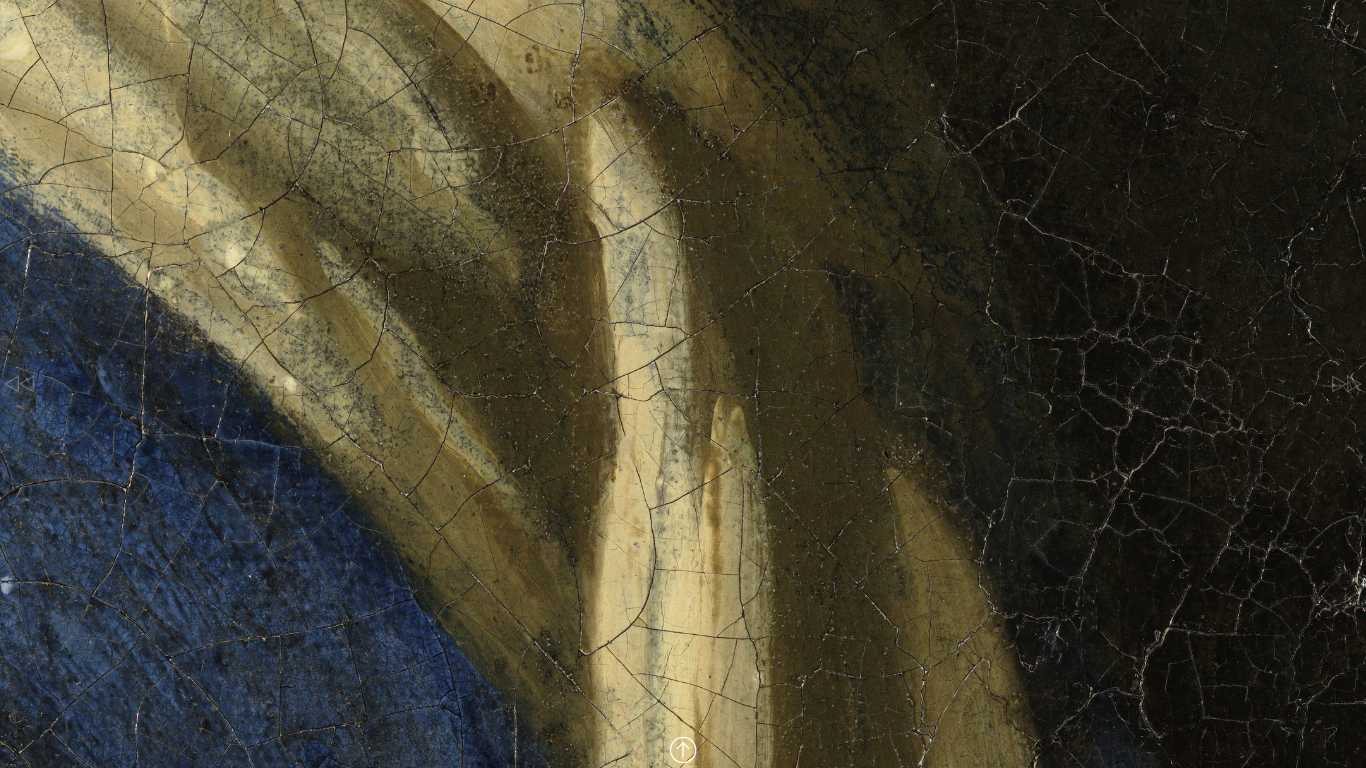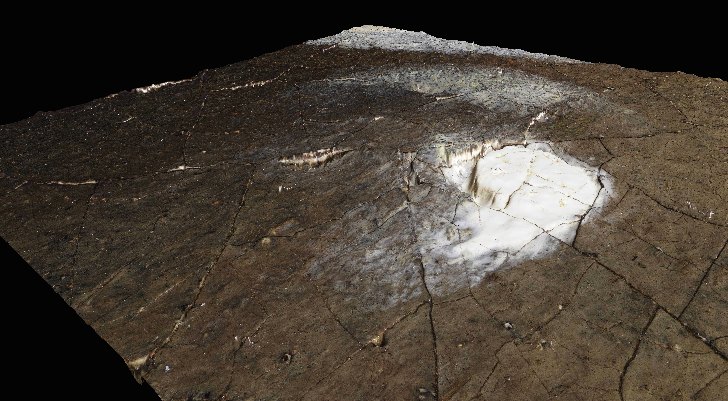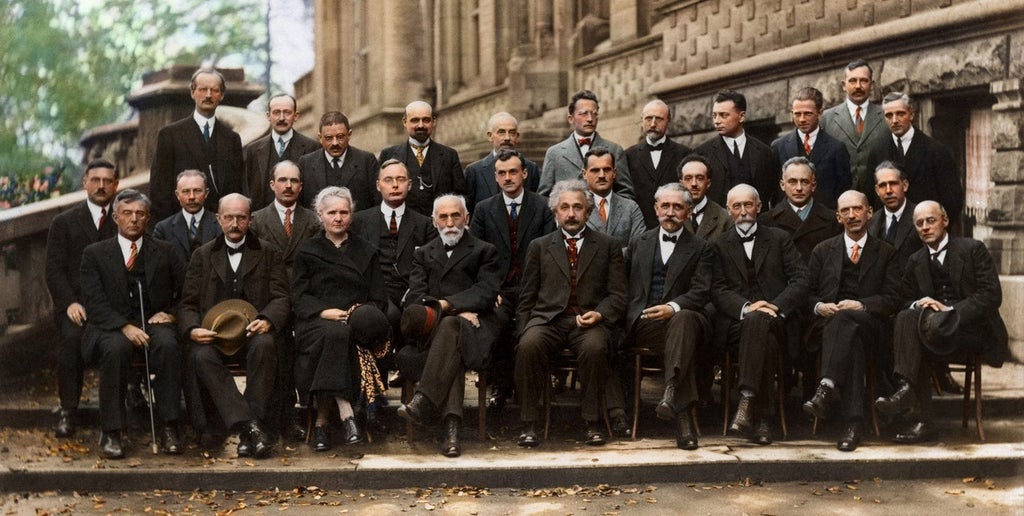Once upon a time, not so long ago, First Fridays at the Frick were a gracious way for New Yorkers to kick off the weekend. Admission was waived, participants could take part in open sketching sessions or enjoy live performance, and curators were on hand to give mini lectures on the significance and historical context of certain prized paintings in the collection.
Rather than pull the plug entirely when the museum closed due to the pandemic, the Frick sought to preserve the spirit of this longstanding tradition with weekly episodes of Cocktails with a Curator, matching each selection with recipes for make-at-home themed drinks, with or without alcohol.
Much as we miss these communal live events, there’s something to be said for enjoying these wildly entertaining, educational mini-lectures from the comfort of one’s own couch, drink in hand, no need to crane past other visitors for a view, or worry that one might keel over from locking one’s knees too long.
Deputy Director and Peter Jay Sharp Chief Curator Xavier F. Salomon makes for an especially engaging host. His coverage of James McNeill Whistler’s Symphony in Flesh Color and Pink: Portrait of Mrs. Frances Leyland, above, touches on the artist’s affinity for butterflies, music, Japanese themes and building his own frames.
But the greatest delight is Salomon’s talent for imbuing 19th-century art world gossip with a sense of immediacy.
Sip a sake highball (or a virgin sangria-style refresher of plum juice and mint) and chew on the true nature of the artist’s relationship with his shipping magnate patron’s wife.
Sake Highball
sake (of your choice)
club soda (as much/little as needed)
lots of ice
Alternative Mocktail
plum juice
ice
cut orange, lemon and apple (sangria style)
mint leaves
sugar (as needed)
Salomon returns to consider one of the Frick’s most iconic holdings, François Boucher’s rococo Four Seasons.
Commissioned in 1755 to serve as over-door decorations for King Louis XV’s mistress Madame de Pompadour, they now reside in the Frick’s ornate Boucher Room.
Salomon draws comparisons to another swooning Frick favorite, Jean-Honoré Fragonard’s series Progress of Love. While the romantic nature of these works is hardly a secret, Salomon is able to speak to the erotic significance of dolphins, grapes, and tiny 18th-century shepherdess bonnets.
Those who are respecting COVID protocols by courting outdoors this winter will welcome Salomon’s thoughts on Winter’s central figure, a coquette riding in a sleigh driven by a well-bundled man in Tartar dress:
Her hands may be warmed by a muff, but her upper body is completely exposed. It’s a combination of luxury and seduction typical of Boucher, all treated in a fanciful, even humorous manner.
Also, is it just us, or is Curator Salomon taking the opportunity to enjoy his Proust-inspired Time Regained cocktail in a kimono? (A perk of the virtual office…)
Time Regained
2 oz. Scotch whisky
0.75 oz. Dry vermouth
0.5 oz. Pisco
0.25 oz. Jasmine tea syrup (equal parts of jasmine tea and sugar)
Alternative Mocktail
Cold jasmine tea
One spoonful of golden syrup
Top with tonic water
Salomon hands hosting duties to colleague Aimee Ng for Vermeer’s Mistress and Maid, one of three works by the Dutch Master in the Frick’s collection.
Here the drama is less explicitly informed by the boudoir, though there’s a big reveal around the 10 minute mark, thanks to recent advances in infrared reflectography and some well-coordinated art sleuthing.
As to the contents of the message the maid proffers her ermine trimmed mistress, we’ll never know, although those of us with ready access to the Dutch spirit genever can have fun speculating over a glass of Genever Brûlée.
Genever Brûlée
2 oz genever
1 teaspoon brown sugar
A few dashes of classic bitters
A dash of orange bitters
A splash of sparkling water
Garnished with a caramelized orange slice
Alternative Mocktail
Juice of half an orange
2 dashes orange blossom water
A splash of sparkling water
Garnished with a caramelized orange slice
To explore a playlist of every Cocktails with a Curator episode, covering such notable works as Velázquez’s King Philip IV of Spain, Claude Monet’s Vétheuil in Winter, and Hans Holbein’s Sir Thomas More, click here.
To read more in-depth coverage of each episode’s featured artwork, along with its cocktail and mocktail recipes, click here.
Related Content:
Visit 2+ Million Free Works of Art from 20 World-Class Museums Free Online
14 Paris Museums Put 300,000 Works of Art Online: Download Classics by Monet, Cézanne & More
Where to Find Free Art Images & Books from Great Museums, and Free Books from University Presses
Ayun Halliday is an author, illustrator, theater maker and Chief Primatologist of the East Village Inky zine. She most recently appeared as a French Canadian bear who travels to New York City in search of food and meaning in Greg Kotis’ short film, L’Ourse. Follow her @AyunHalliday.








